Better films every fortnight. Subscribe to Syrp Lab YouTube.
Swedish Filmmaker Sebastian Jern went from making travel films to creating his own intricate indie miniatures - and a massive audience for them. In this episode of Media Offline, Chase sits down to pick Sebastian’s brain about parallax effects, the importance of passion projects and breathing new life into an old school craft.
So, how did you get started making miniatures?
I have always been interested in nature and travel, discovery and inspiration, so I just took all my knowledge from that side of filmmaking into my studio. I think you can see that when you look at my work - a lot of nature-inspired stuff.
I’ve flown drones for eight years, and you get this parallax effect when you fly through trees or anything like that. When I bought the probe lens I was thinking, I should make the lens act like a drone, to get this 3D environment and all that kind of stuff for this parallax effect, but in miniatures. When I saw the lens, I was visualising that from the get-go.
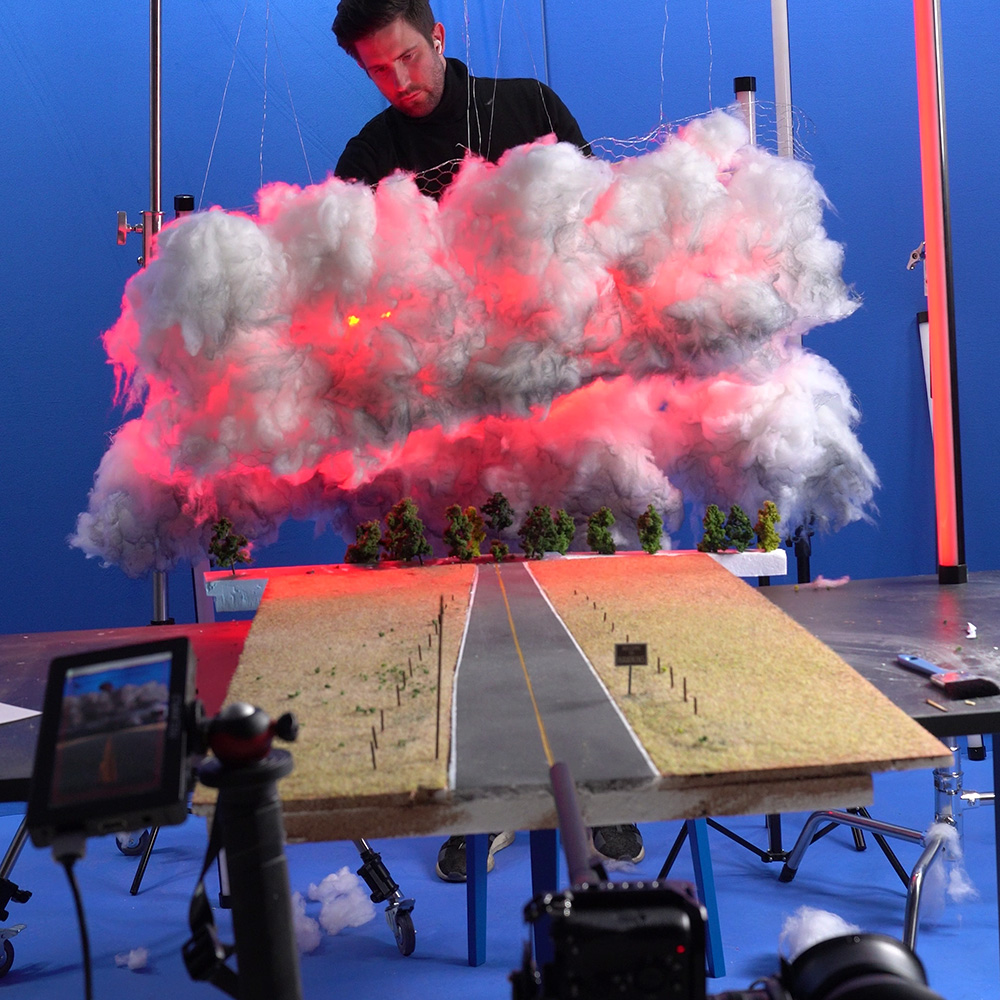

Did you grow up making miniatures or is this something you’ve completely taught yourself as an adult?
Well I learnt everything a little over two years ago now, from scratch. So I actually didn’t have any prior knowledge in terms of model making. My sister is an architect so I was asking her about these small figurines. I was like, ‘What is that, how do you buy them?’ She was like, ‘oh, that’s cool, what are you going to do with it?’ And I’m like, ‘I’m going to do what you do and film it!’
So it kind of runs in the family?
Yeah, so she’s really good at sculpting as well. I think it runs in the genes. I just try stuff, and then I fail, and then I try it again. That’s, like, basically what I do every day.
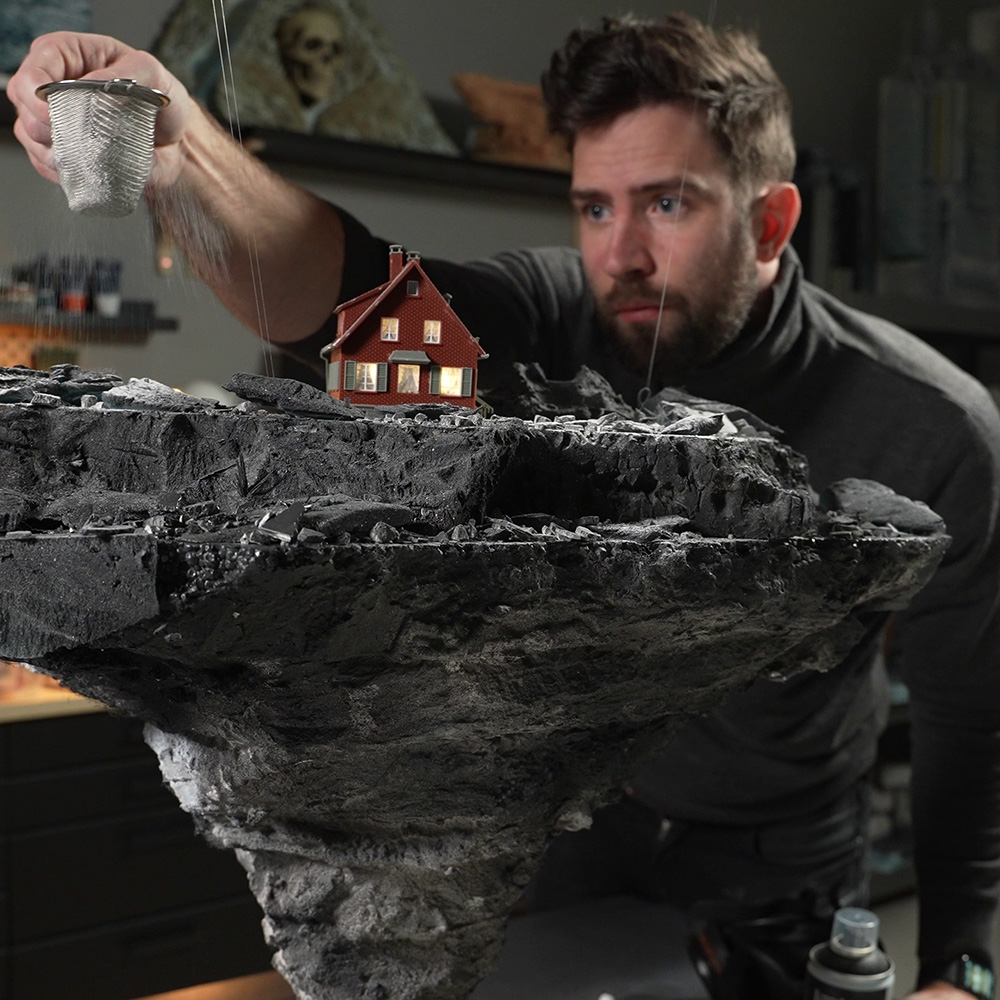

"When it comes to Instagram, obviously you started that from scratch. What was it that made it click for you? What led to that growth?"
The first thing I did with the probe lens was to shoot foods, going into like a bowl of nachos or coffee beans, just trying to get this 3D animation effect. A lot of pages on Instagram - like sharing pages - loved the work, and from there I grew from 500 to 10,000 followers in like one week or something.
So you pivoted from travel content to miniatures, leading to some pretty significant growth on Instagram. I’m curious about what you think makes your miniatures so striking?
I think it’s a lot about the 3D effect and the depth in the image. For example, the Stranger Things re-creation I did, you have this road which is actually not a straight road. It’s made so it feels longer, so the road starts wider and then gets smaller. And then you have the clouds, which is practical effects as well - you have the lights in there, you have a lot of reference from the real world which is really important so people can feel that they are present in the video.
That’s one of my stronger concepts, in terms of depth.
So I think depth is one thing, and lighting is very important as well. If you see my 1917 re-creation, it’s basically a pretty simple miniature, but the lighting and the smoke effects and the silhouettes are creating this depth also. So it’s all about the mix of lighting, miniature work and depth.
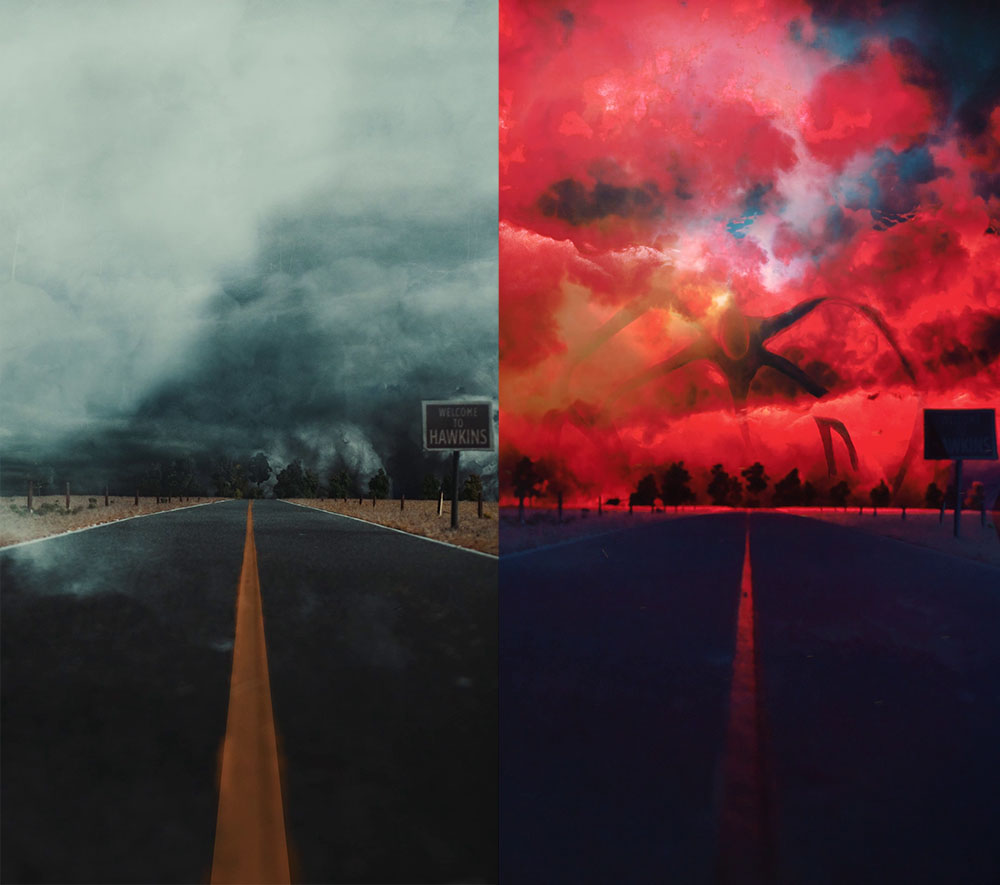

What are the lighting techniques you’re using, say for that Stranger Things model, that makes it feels so… I’m not going to say alive, but so striking? Because it is something that you watch once and you go, ah I really want to watch that again!
Yeah, I think it’s the silhouette, it’s so impactful in filmmaking. You never want to light something from the front because that will make everything look flat. So shadows, silhouettes - light is actually the most important thing in everything in filmmaking, in my opinion.
You mentioned the 1917 one. That was something that combined miniatures and obviously you put yourself in that, right? Is VFX becoming more of your work, do you retouch a lot of what you do?
It’s actually my brother, so shout out to him!
It must be the familial similarity!
Yeah, well I think for that project we filled my studio with smoke and then used fire effect lights.
As a practical?
Yeah. I had this full size wide of my brother going in through the miniature area of the work. It’s just a 17 second long clip but it took like three weeks to create everything.
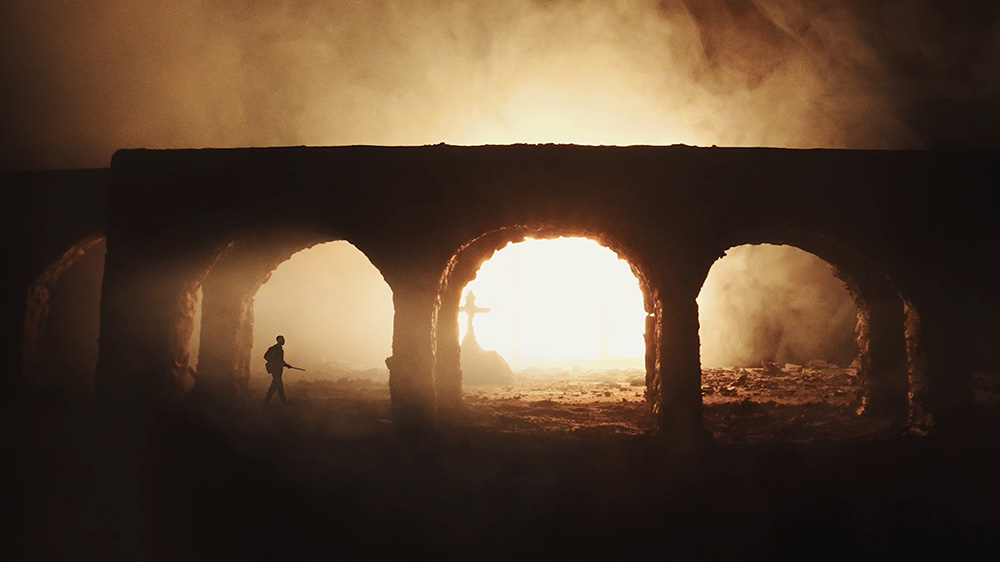

That is always the case! With the effects you were using compositing - to put backgrounds in, and put talent in - what else are you doing to your work?
It all depends. Some of my work requires no digital layering efforts. For example 1917, basically everything you see is made in the camera. I had a few, like, fire layers because that’s impossible to create in miniature because the particles of a fire can’t be scaled down.
So some of the other miniatures have like 20 layers of cloud overlays to try and build up depth in the scene. You hear me talk about light and depth and that’s practically what an image is about, so that’s important.
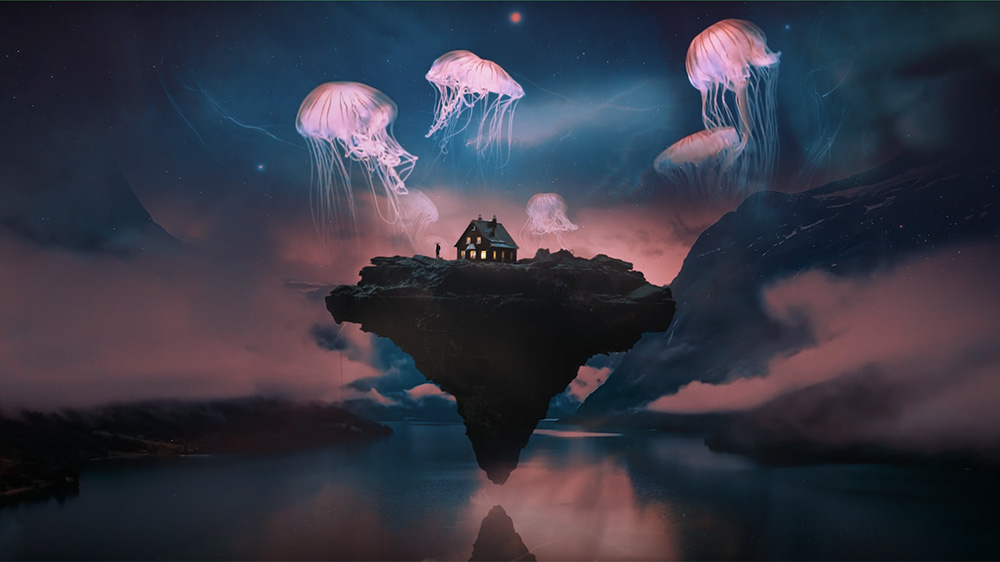

How do you balance this art with making money? Obviously having an audience and reaching a lot of people is great, but Instagram doesn’t exactly pay directly!
I do a lot of passion projects because I think it’s very important and it’s also usually those projects that reach the biggest audience. I’ve gotten a lot of client work from those passion projects, so I get all my clients from DMs basically. I try to say no to a lot of things to be able to have time to grow my audience even more and experiment more so I can learn more and be better at my craft. I think a lot of people get lost in the money side of things, money is important to me to be able to have freedom to create what I want, basically.
With your client work, is that all miniatures as well? Or do you still do travel filmmaking and more of these real world things?
Not really travel filmmaking, I went to Saudi Arabia last year to shoot miniatures. I recently shot a music video, as well.
Which I saw, it’s unreal - mixing all of that miniature work into real life.
Thank you, yeah so that’s something I directed and planned out myself, with costumes and storyboarding and location scouting.
Does that scale up linearly? It takes you two weeks to make a miniature film for seven seconds, does it now take you two years to make a music video that’s three minutes long?
No, realistically, if a band asked me like, ‘Could you make a miniature music video?’ I’m like, miniatures have never been supposed to be used in all frames, it’s more of an establishing shot. So you see this is in movies as well, you have these costly, wide environmental shots, and then you mix that in with close-ups and everything like that. So I just try to explain, this is what we can do within the budget: we can have two miniatures and then the rest are going to be full size location shoots.
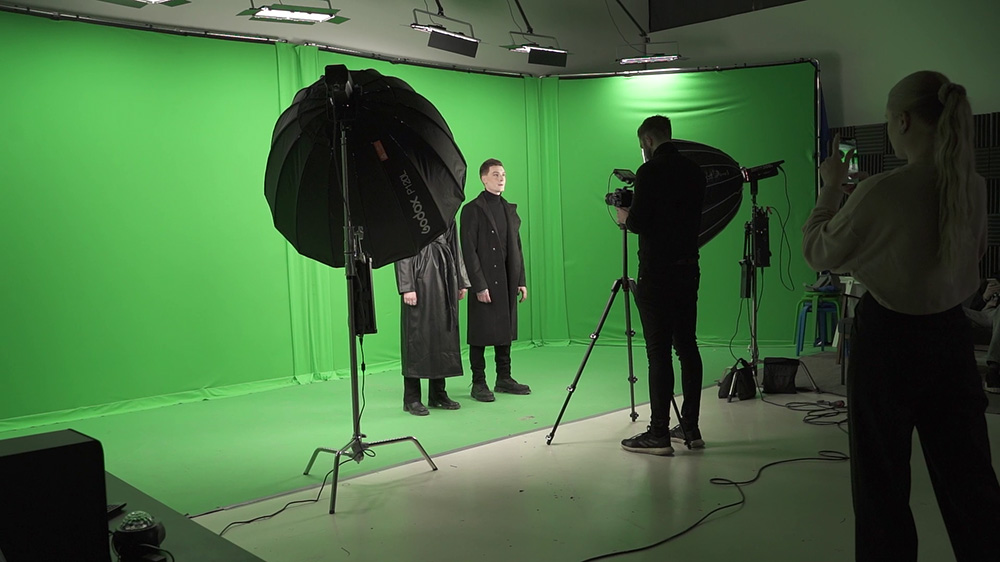

You’ve definitely built your niche, and you create some of the best indie miniature work I’ve seen. I want to get into the gear you use to make this work possible.
The most important gear for me is the slider for sure, because it needs to be stable. Especially in macro with the probe lens, because all the micro-shakes are picked up very easily.
And that’s what gives you that parallax as well, sliding in?
Yeah. And also lighting, as I’ve pointed out before, is very important. Especially with the probe lens since it needs a lot of light - it goes from f/14 to f/40. I want to shoot on f/40 if I can, which requires like two 300W LEDs, usually. And also I bump up my camera to 12800 ISO, so it’s very important that the camera has dual ISO.
I shoot on a Sony a7Siii, which really works well with the probe lens since you can bump up the ISO and have a high f stop and do more on the miniature with the lighting. The slider, the camera and the lights - that’s usually what I really need to have high quality.
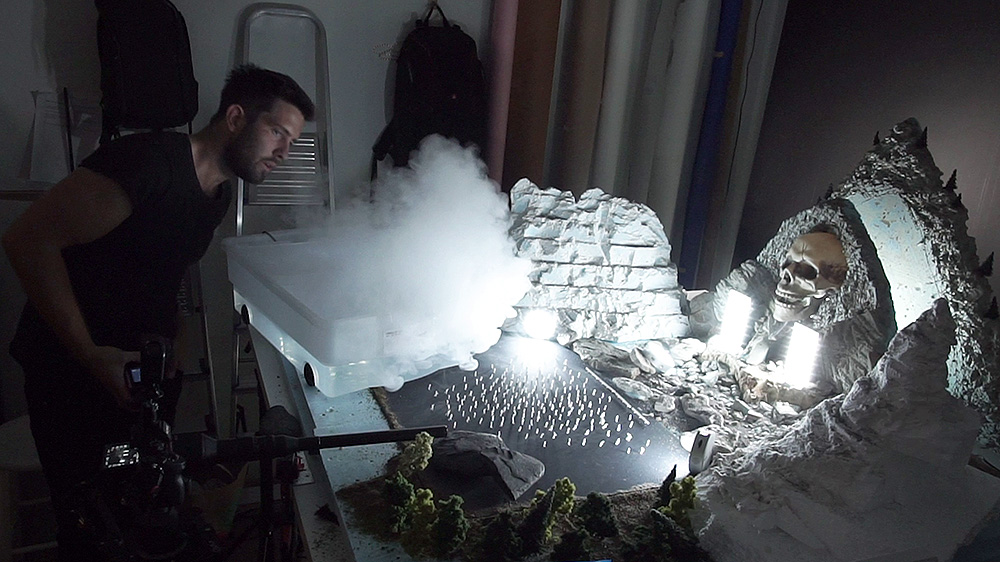

It’s sort of that mix where you need that technicality and that technical understanding to make that artistry side come alive, right?
Yeah, I think if something disrupts the creative flow it’s very easy to not focus on the correct things. If something messes up in the technicals, it takes time and effort away from the creative journey, so to speak.
In terms of technology, the probe lens started it all. Where do you see the industry and what you do moving to next?
Actually, I’m starting to learn a game engine called Unreal Engine to be able to match the backgrounds with my miniatures, to be able to basically make virtual production in miniature and also in full size. So to be able to control all the environments. I think we are going into that place in the future, I think a lot of independent filmmakers are going to have virtual production in the future.
So everything that you can do in a studio is good, basically. Because people nowadays are getting used to working digitally, so if a client could hire you for example from America to create miniatures or VFX or any kind of creative work without travelling there, I think that’s the future of the industry.
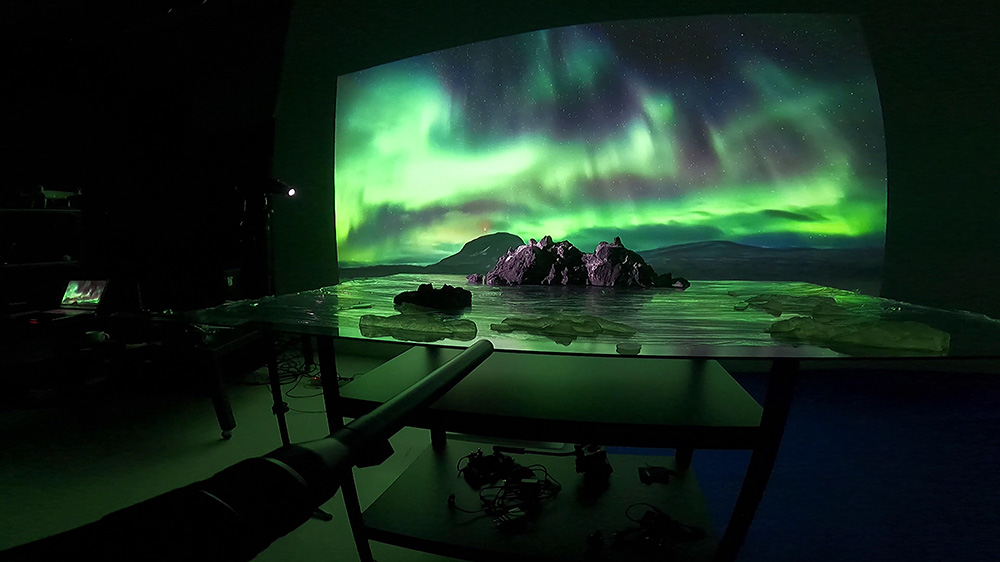

It has been cool to see Unreal, which was popularised by the Mandalorian, slowly moving its way through the industry into these more indie-level productions. I’ve noticed through your stuff you post a lot of your work and your behind-the-scenes. You don’t really post much about yourself, is that a conscious decision in your online presence?
It’s funny that you noticed that. The most important part is not who I am but what I do. I see sometimes a lot of people post pictures of themselves as artists, and that’s fine, but I’m more like, when I post something I want the audience to be excited because they know that the new post means a new miniature world or a new VFX work. They come to the same restaurant over and over and they can expect the same thing.
It’s very important for me not to overshare, just because I didn’t share anything. You can see my feed, I think I’ve posted like 50, 60 miniatures. I think it’s like 90 posts in total. It works for me - I don't have to post more, I think, because people are expecting results when I post. Which puts me under pressure, as well, because I don’t want to disappoint anyone. That’s important to me.


Sebastian creates some exceptional work and his process is pretty applicable to whatever you’re creating. Learn the foundations of your craft, and then iterate. Missteps are always going to be part of the journey, but with strong foundations and lighting and composition, you’ll grow to create work that captivates.
In Media Offline, we pick the brains of creatives who inspire us to improve our craft. Like what you’re hearing? Let us know in the comments. Happy filmmaking, everyone.

